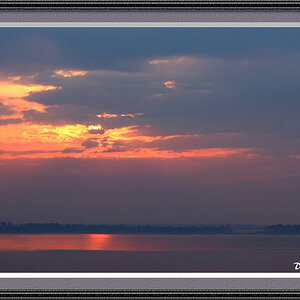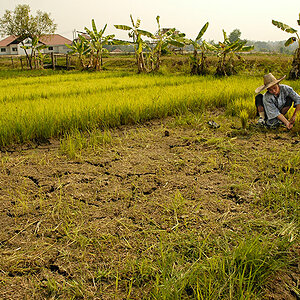MWC2
TPF Noob!
- Joined
- Jun 19, 2011
- Messages
- 261
- Reaction score
- 67
- Location
- Texas
- Website
- www.cynthialinderbeck.com
- Can others edit my Photos
- Photos OK to edit
wonderful picture.
thank you for posting your set up for this, it was very informative as well as the reasons you did things the way you did. I learned a lot about from this one thread today.
thank you for posting your set up for this, it was very informative as well as the reasons you did things the way you did. I learned a lot about from this one thread today.


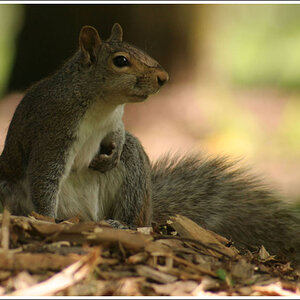
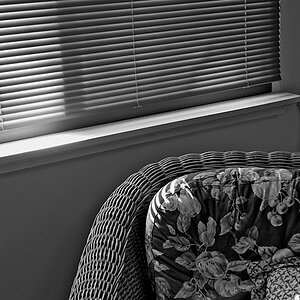
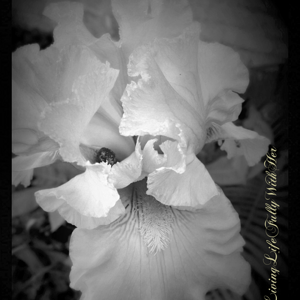
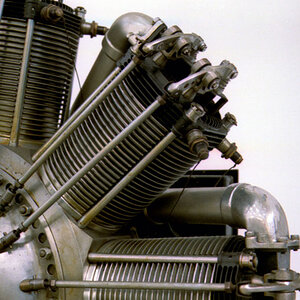

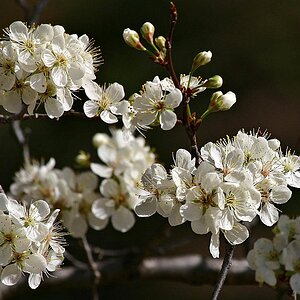
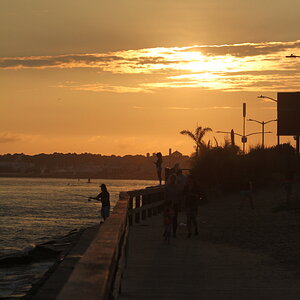
![[No title]](/data/xfmg/thumbnail/37/37105-0f1ebcc8381303893e9a7ce0764e86fe.jpg?1619737882)

